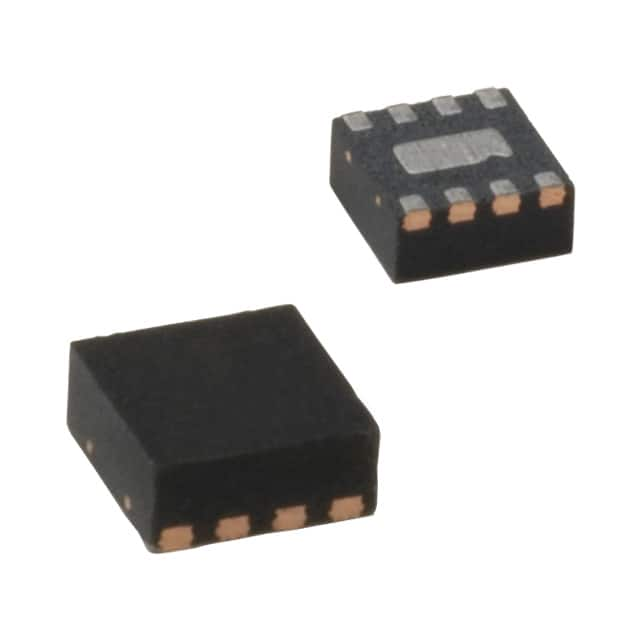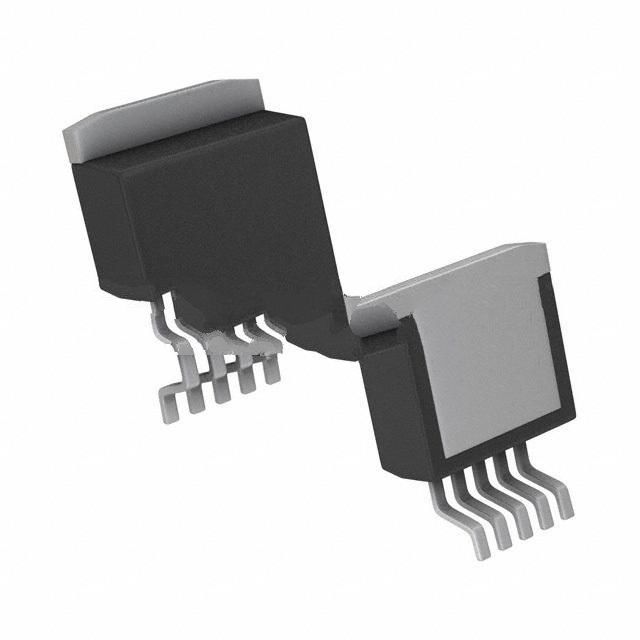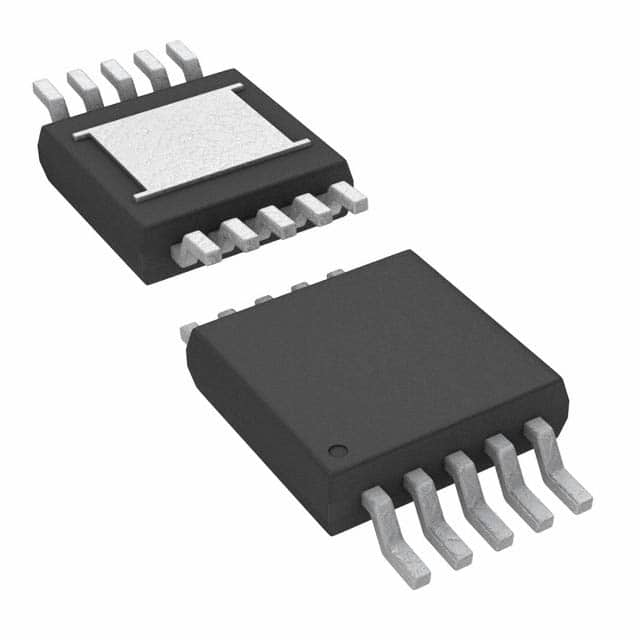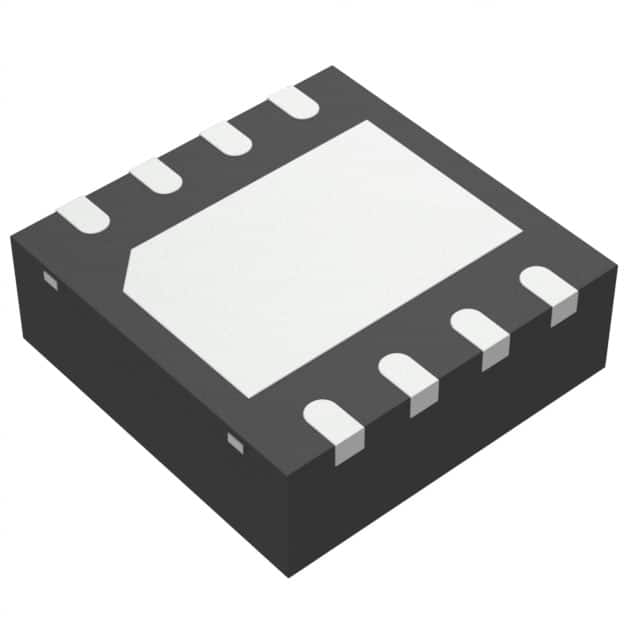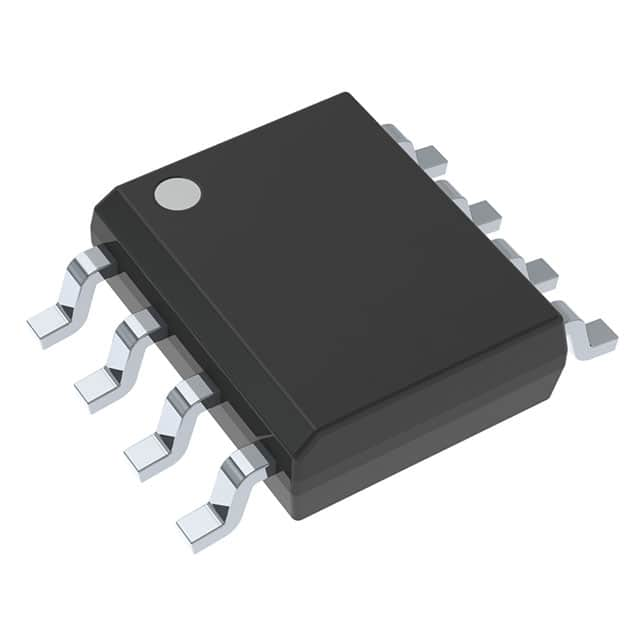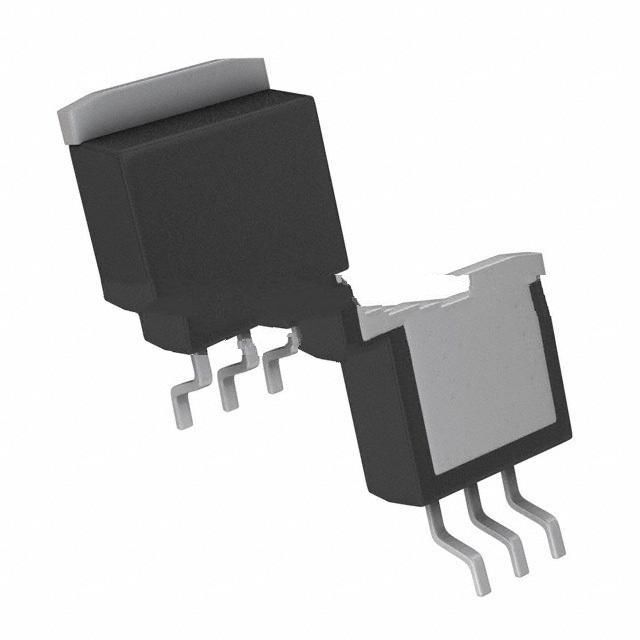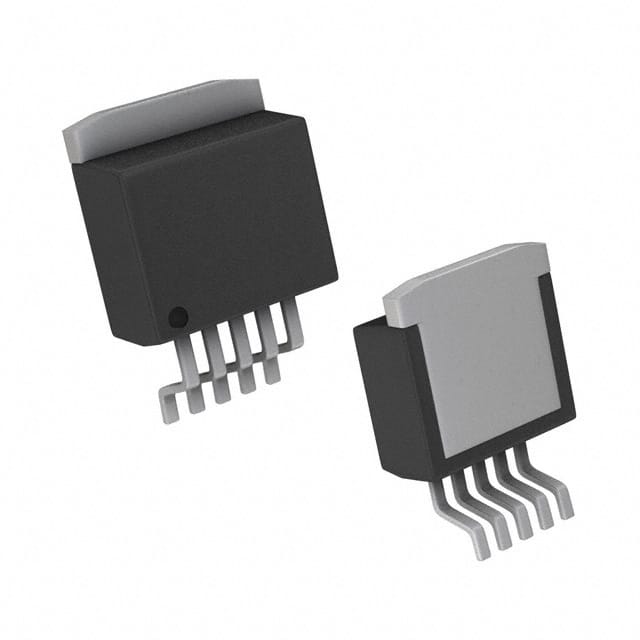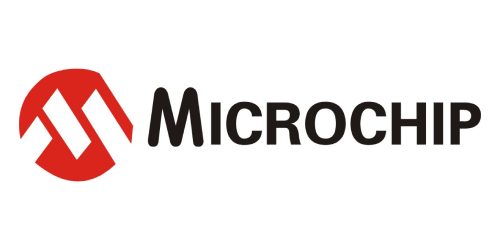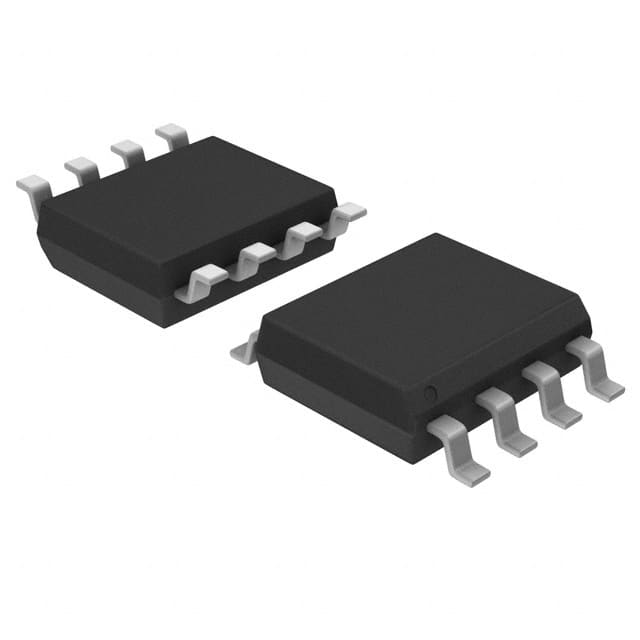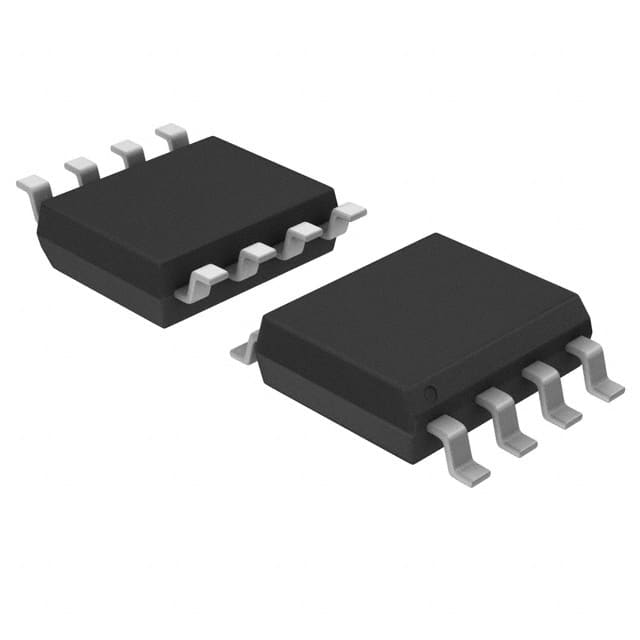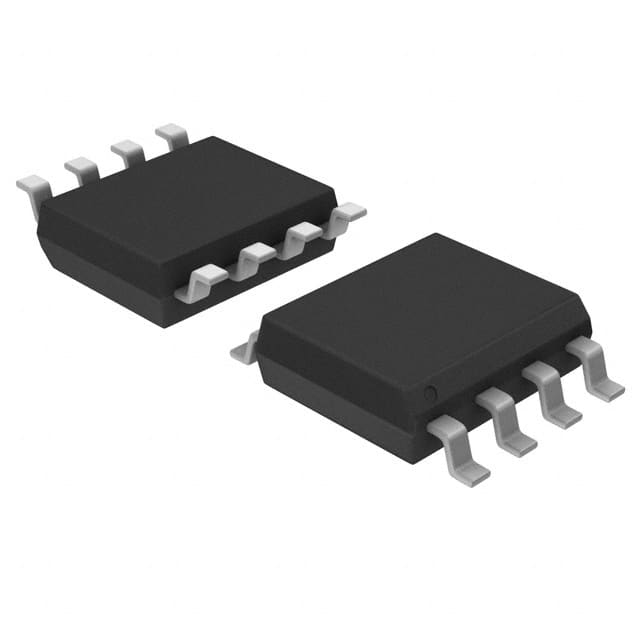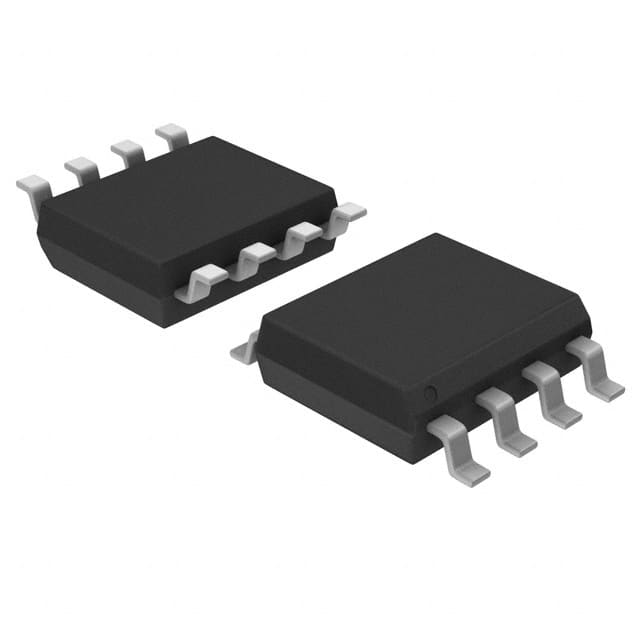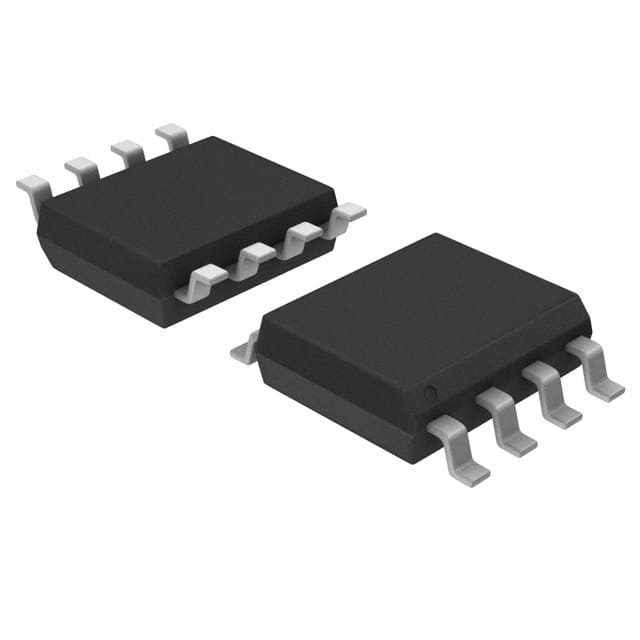MIC5283YML-T5 Product Introduction:
Microchip Technology Part Number MIC5283YML-T5(PMIC - Voltage Regulators - Linear), developed and manufactured by Microchip Technology, distributed globally by Jinftry. We distribute various electronic components from world-renowned brands and provide one-stop services, making us a trusted global electronic component distributor.
MIC5283YML-T5 is one of the part numbers distributed by Jinftry, and you can learn about its specifications/configurations, package/case, Datasheet, and other information here. Electronic components are affected by supply and demand, and prices fluctuate frequently. If you have a demand, please do not hesitate to send us an RFQ or email us immediately sales@jinftry.com Please inquire about the real-time unit price, Data Code, Lead time, payment terms, and any other information you would like to know. We will do our best to provide you with a quotation and reply as soon as possible.
Introducing the Microchip Technology MIC5283YML-T5, a cutting-edge power management solution designed to revolutionize your electronic devices. This highly efficient and versatile microchip offers a wide range of features that will enhance the performance and reliability of your applications.
The MIC5283YML-T5 boasts an ultra-low dropout voltage of only 150mV at 150mA, ensuring stable and consistent power delivery even in the most demanding conditions. With a maximum output current of 300mA, this microchip is capable of powering a wide range of devices, from small sensors to complex integrated circuits.
One of the standout features of the MIC5283YML-T5 is its exceptional line and load regulation, which guarantees precise voltage control and minimizes the risk of voltage fluctuations. This makes it an ideal choice for applications that require high accuracy and stability, such as medical devices, industrial automation systems, and portable electronics.
Furthermore, the MIC5283YML-T5 incorporates a comprehensive set of protection features, including thermal shutdown, current limit, and reverse current protection. These safeguards ensure the longevity and reliability of your devices, safeguarding them against potential damage caused by overcurrent or overheating.
With its compact size and low power consumption, the MIC5283YML-T5 is suitable for a wide range of applications, including battery-powered devices, wireless communication systems, and automotive electronics. Its versatility and exceptional performance make it the go-to choice for engineers and designers seeking a reliable and efficient power management solution.
Experience the power of the Microchip Technology MIC5283YML-T5 and unlock the full potential of your electronic devices.
Voltage Regulators-Linear is an electronic device used to convert an unstable DC voltage into a stable DC voltage. It regulates the voltage through an active component (such as a transistor or field effect tube) and a feedback network to ensure that the output voltage remains constant within a certain range. Linear regulators usually operate under low input voltage changes and load changes, and are able to provide a very clean and smooth output voltage.
Application
Voltage Regulators-Linear has a wide range of applications, covering almost all electronic devices requiring a stable DC power supply. In the field of consumer electronics, linear voltage regulators are widely used in mobile phones, tablets, laptops and other portable devices to provide stable voltage support for core components such as processors, memory and display screens. In the field of industrial automation and instrumentation, linear voltage regulators are often used in precision measuring instruments, sensor signal processing and other occasions because of their low noise and high precision characteristics. In addition, linear regulators also play an indispensable role in areas such as medical equipment, aerospace, and automotive electronics, where the quality of the power supply is extremely high. For example, in medical equipment, linear regulators ensure the power stability of devices such as pacemakers and monitors, ensuring the safety of patients.
FAQ about PMIC - Voltage Regulators - Linear
-
1. What are the disadvantages of linear regulators?
The disadvantage of linear regulators is that they are not efficient and can only be used in voltage reduction applications. The efficiency of a linear regulator depends on the ratio of output voltage to input voltage: turbidity = Vo: Vi. For example, for ordinary linear regulators, when the input voltage is 5V and the output voltage is 2.5V, the efficiency is only 50%. For ordinary linear regulators, about 50% of the electrical energy is converted into "heat" and lost, which is also the main reason why ordinary linear regulators are prone to heat when working. For LDO, due to its low voltage difference, the efficiency is much higher. For example, when the input voltage is 3.3V and the output voltage is 2.5V, its efficiency can reach 76%. Therefore, in LCD color TVs, in order to improve the utilization rate of electrical energy, ordinary linear regulators are used less, while LDOs are used more.
-
2. What problems will linear regulators bring to the circuit?
The problems that linear regulators bring to the circuit mainly include low efficiency and a lot of heat.
Linear The main working principle of the voltage regulator is to control the output voltage of the transistor through a current amplifier to keep the output voltage stable. This working mode causes the linear regulator to control the regulating tube through a differential voltage when adjusting the output voltage. The control tube needs to absorb part of the input voltage, which makes the efficiency of the linear regulator relatively low. In practical applications, this means that the linear regulator will convert the difference between the input voltage and the output voltage into heat energy, causing serious heating of the device, especially when the input and output voltage difference is large, this power loss will further increase, causing the device to heat up.
-
3. What are the three types of voltage regulator?
The three types of voltage regulators include the contact voltage regulator, the transistor regulator and the integrated circuit regulator.
Contact voltage regulator: This is the type of voltage regulator used earlier. Its working principle is based on the vibration of the contact, but there is mechanical inertia and electromagnetic inertia, resulting in low voltage adjustment accuracy. Large, poor reliability, and short life, so it has been eliminated.
Crystal tube regulator: With the development of semiconductor technology, the transistor regulator becomes the mainstream. It uses a triode for voltage adjustment. Compared with the contact -type voltage regulator, the advantages of the transistor regulator is that the response speed, high efficiency, small volume, light weight, and not easily affected by external magnetic fields are widely used.
Integrated circuit regulator: Integrated circuit regulator is a new type of voltage regulator developed in recent years. It integrates mult
 Lead free / RoHS Compliant
Lead free / RoHS Compliant



